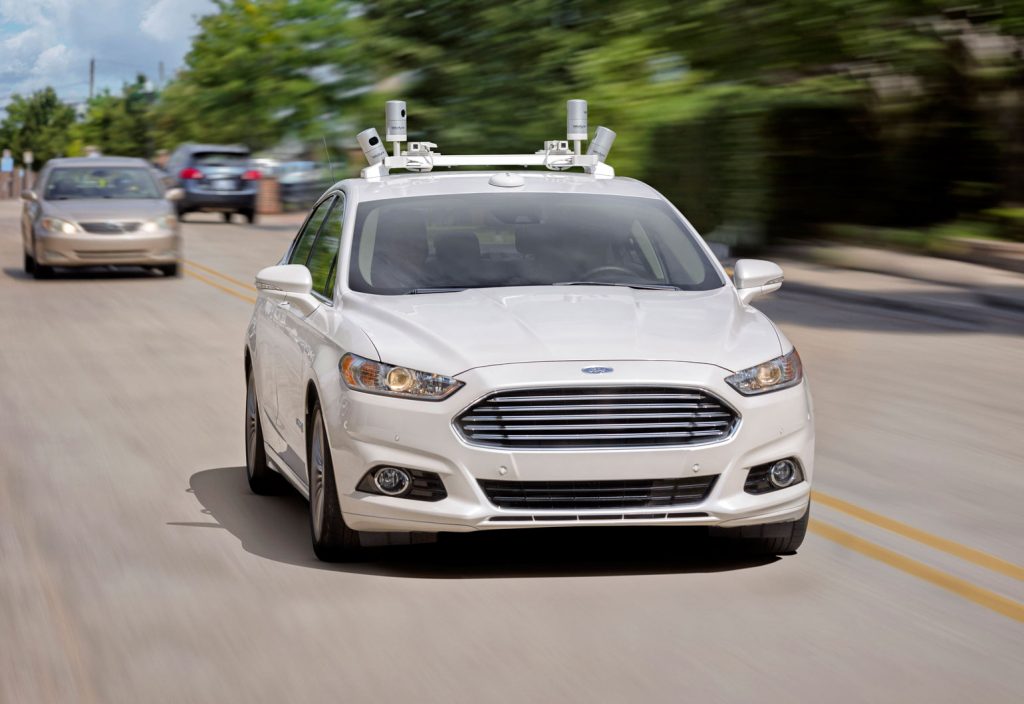Australian governments have been put on notice that they need to be ready for autonomous vehicles in the next couple of years.
The Transport and Infrastructure Council (all the federal, state and territory transport ministers) has acknowledged that emerging technologies such as autonomous vehicles have the potential to fundamentally improve safety, productivity, environmental sustainability and transport accessibility.
As a consequence, it agreed to a National Policy Framework for Land Transport Technology, setting out shared policy principles for deploying emerging technologies and ensuring that consistent approaches are undertaken at all levels of government.
Regulatory difficulties have represented a challenge in the introduction of autonomous vehicles around the world. Earlier this year, the American National Highway Traffic Safety Administration (NHTSA) wrote to Google outlining a number of issues that need to be determined before cars can legally take to the road without a driver ready to take over in an emergency.
It stated that the software (SDS) could be considered to be the driver of the vehicle, but “the next question is whether and how Google could certify that the SDS meets a standard that is developed and designed to apply to a vehicle with a human driver”.
Despite these difficulties, a meeting of Roads Australia (including public and private sector representatives from the road industry) said the pace of change occurring in this area meant Australian authorities had to be ready to support the safe deployment of partially-automated vehicles on public roads before 2020, and highly-automated and driverless vehicles within the following decade.
They agreed national consistency needed to be achieved around the regulation and operation of connected and automated vehicles, and the ground rules should be laid down early.
Austroads Deputy Chair Neil Scales, said the National Policy Framework demonstrated that governments recognised the imperative for a coordinated policy and regulatory response.
“What is clear after yesterday’s Summit is that this process needs to embrace a far broader range of stakeholders than just transport,” he said.
“It potentially reaches into every area of government and business spending and service delivery. AVs will change our lives, as well as our businesses.”
The organisation’s president David Stuart-Watt said existing concepts of vehicle ownership and road-based public transport would likely be challenged by the arrival of autonomous vehicles. He pointed to Ford’s announcement earlier this month that it was planning to build a fleet of driverless cars in the US for ride-sharing services by 2021, which it would potentially own and maintain.



